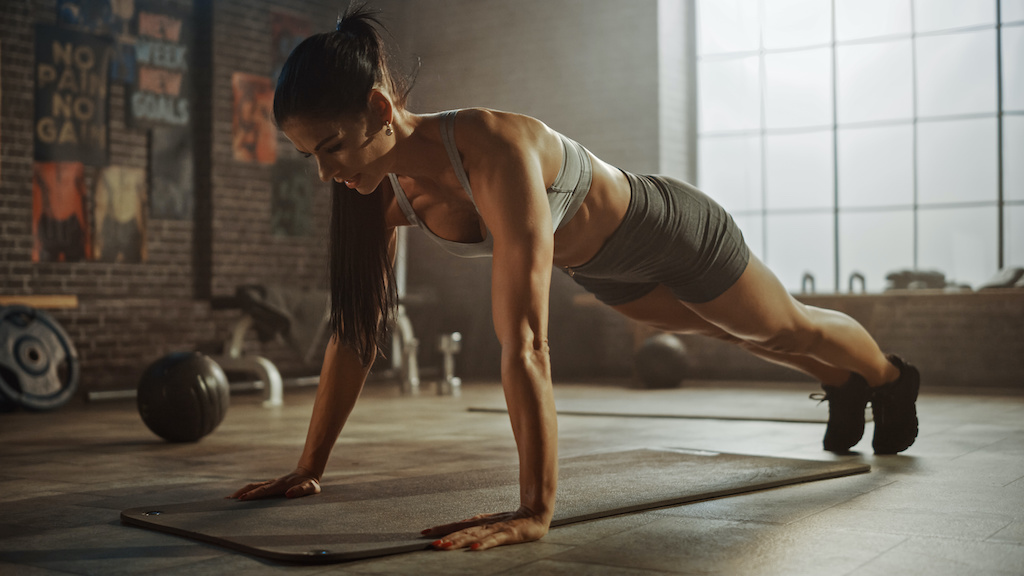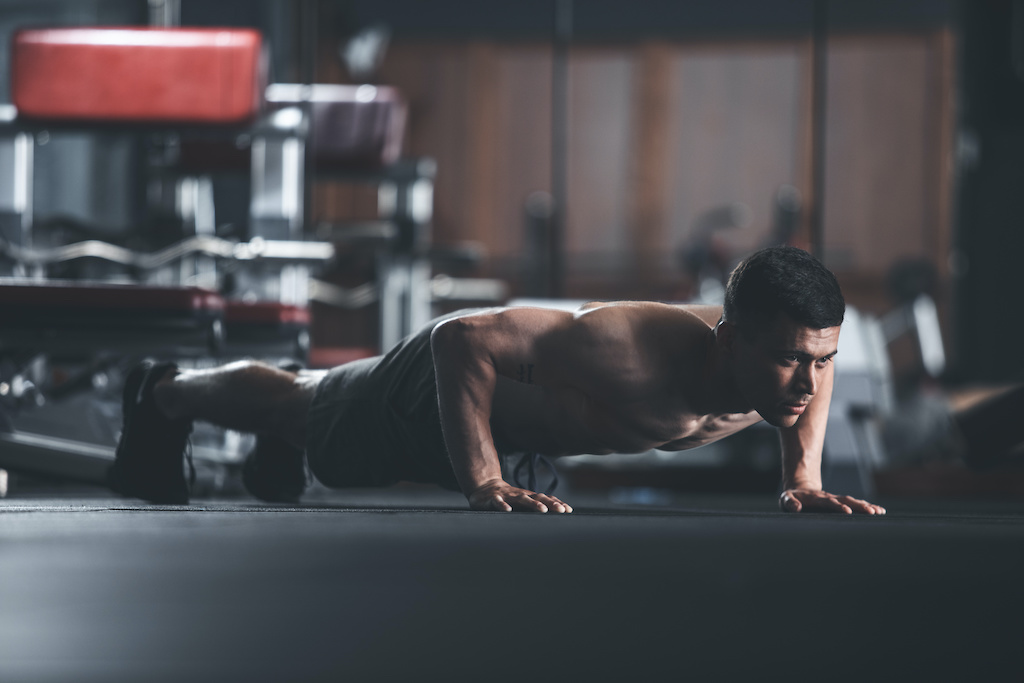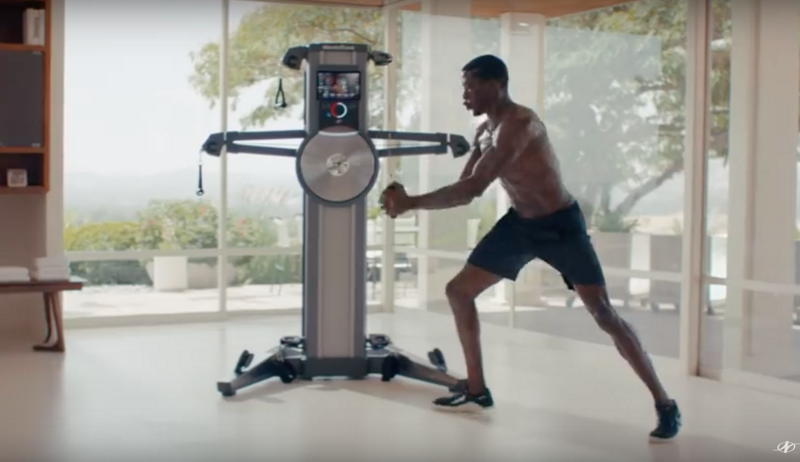Baseline exercises in building muscles, doing push-ups will work the triceps, the deltoids and the pectorals. How do you do them, what are the variants for beginners or for those who wish to increase their difficulty and how should you integrate them into your muscle building sessions? All the answers your need are in this article.
Why choose to do push-ups to build muscle?

One of the best-known bodyweight exercises is the push-up. Used to build muscles by sportsmen, soldiers and athletes, they allow you to develop muscle mass by working out several parts of the upper body:
- The pectoralis major, a large triangular muscle located on the rib cage.
- The triceps, a muscle of the arms with a posterior aspect located behind the humerus.
- The deltoid muscles, located on the top of the shoulders.
- But also other muscle groups, including back muscles and abdominals, are used, thereby improving the posture and tone of the whole body.
This complete exercise is very popular because it can be done anywhere without equipment. It comes with many variations and is suitable for all levels.
Building muscle: How do you do push-ups?

Thanks to push-ups, you will develop both power and strength over the whole of the body. To perform this basic movement well and progress quickly, do not skip any of the steps. Take the time to position yourself well: Break the exercise down, making sure you maintain a good posture as well as being well supported.
Push-up movements in detail
The push-up can be broken down into several key actions:
- The starting position: Kneel down and place your hands flat in front of you, fingers apart, with an arm spacing slightly greater than that of the shoulders. Supporting your hands, straighten your legs behind you, feet together.
- The climb: Push up on the arms to go up into a plank position, keeping your abs and glutes contracted. Keep your head, body and legs aligned.
- The descent: Elbows a little outward to apply the triceps or more back to work the pectorals more, lower the chest to 2 or 3 cm above the ground, sheathing the bust.
- Alternate ascents and descents: In a series, a movement corresponds to an ascent and a descent.
Push-ups: Mistakes to avoid
Here are some tips for doing your push-ups without making any mistakes:
- Don’t be too ambitious when starting with them, so commence with short sets.
- Avoid spreading your elbows too far apart.
- Keep the back straight and not in an arched position while maintaining good alignment over the whole body.
- If your elbows are failing to support your body weight during the drop, then your hands are probably too far forward. Conversely, hands that are too far back can place a strain on the shoulders.
- During the lift, distribute the pressure evenly over your entire palms so as not to put too much strain on the wrist joints.
- Alternate push-ups with other muscle-building exercises for a balanced effort.
How to train well with push-ups

A legendary exercise in building muscles, the classic push-up has given rise to many variations, created to either make doing them easier to execute or, on the other hand, to make them tougher to perform. Combine push-ups with different bodyweight exercises or carry out different types of push-ups for a complete circuit training programme.
Doing push-ups: How do you get started?
If you’ve never done push-ups before, practice doing some knee push-ups, because then you will find doing normal push-ups that much easier. To perform these beginner push-ups, keep your knees on the ground instead of straightening your legs out fully behind you. Take the opportunity to learn how to master each of the movements of the arms, the upper body and the shoulders.
Push-ups: Variants for experienced sportspeople
If you are already comfortable with conventional push-ups, then here are some variations you can try:
- Attempt push-ups with one hand: This is the same exercise, but using one hand only.
- Push-ups with a chest rotation: Start as you would with a normal push-up, but after the lift, carry the weight of the body on one arm and turn your chest to raise the other arm toward the sky, before returning to the plank position for the next push-up.
- Push-ups with the raised feet, for example on a step or a bench: This increases the difficulty and puts more strain on the upper pectoral muscles.
- Push-ups with a raised chest. With your hands resting on a bench, this time it is the lower part of the pectorals that you will be working harder.
Integrate your push-ups into a circuit training session
Here is an example of a complete circuit training programme with classic push-ups and other variations:
- Warm up for 10 minutes to increase your heart rate: Cycling, rowing machine, skipping rope, running, etc.
- Do a set of 10 push-ups on the knees.
- Do a set of 10 classic push-ups.
- Do a set of 10 one-handed push-ups.
- Do a set of 10 push-ups with a chest rotation.
Observe 2 minutes of recovery between each set and do this circuit training programme 3 times per session. Ideally, always keep at least 1 normal push-up exercise.
Check out our Fitness & Training page for more advice.
